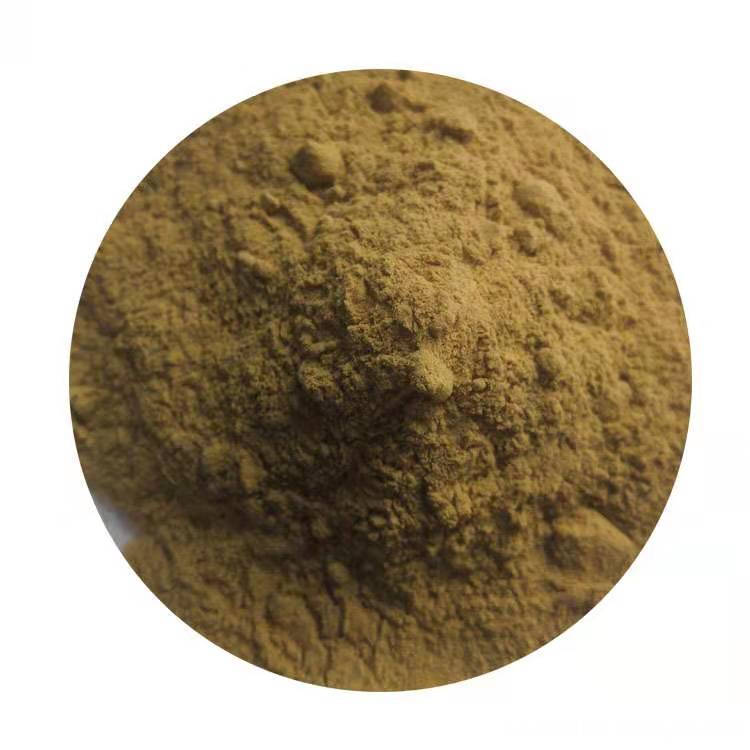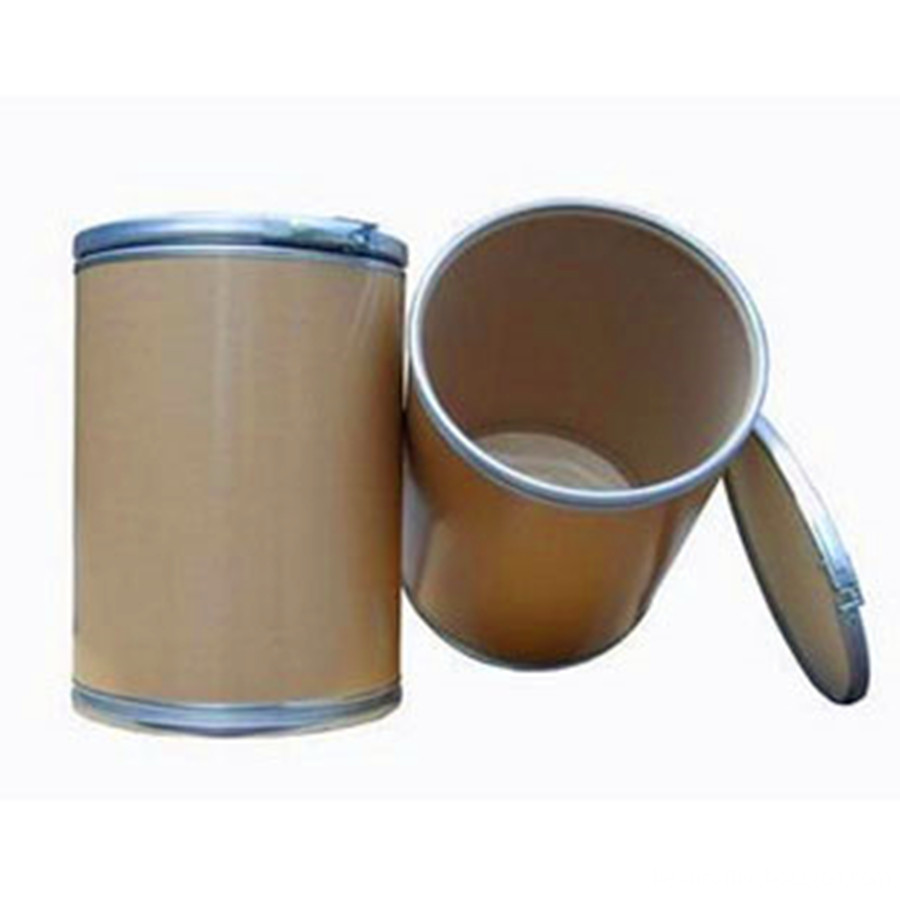The realm of food packaging is vast and varied, offering a multitude of options tailored to meet specific needs. Each type of packaging serves distinct purposes, from preserving freshness to ensuring safety during transportation. Understanding these differences allows food manufacturers to make informed decisions that best suit their products.
One of the most crucial aspects of food packaging is its ability to maintain the freshness and safety of the product. Consumers expect food to remain fresh and uncontaminated, and proper packaging plays a pivotal role in achieving this. Whether it's sealing in freshness or shielding the product from external contaminants, packaging acts as a protective barrier that ensures quality and safety.
Primary packaging forms the first line of defense, directly contacting the food until it reaches the consumer. This type of packaging includes various materials such as plastics, cellulose, glass, metal, and paper. Each material offers unique benefits and drawbacks. Plastics, for instance, are durable and resistant to moisture, making them ideal for many applications. However, they are less eco-friendly compared to biodegradable alternatives like cellulose.
Moving beyond primary packaging, secondary packaging serves to protect and present the product. Often made from paperboard or plastics, secondary packaging not only safeguards the primary packaging but also enhances the product’s visual appeal. For instance, cereal boxes are designed to attract attention on store shelves, using vibrant colors and engaging designs to communicate the product’s qualities.
Tertiary packaging takes this protection further by encasing the secondary packaging, providing an additional layer of security during transit. Common materials include cardboard boxes and plastic wraps, chosen based on the required level of durability and cost-effectiveness. This layer is crucial in supply chain management, ensuring that products arrive intact and ready for sale.
Labeling is another essential component of food packaging, conveying vital information such as nutritional content, allergens, and manufacturing details. While some labels are mandatory, others are optional, allowing companies to highlight unique attributes of their products. Automation has streamlined the labeling process, reducing errors and increasing efficiency.
Safety and regulatory compliance are paramount in food packaging. The FDA enforces strict guidelines to ensure that packaging materials do not pose health risks. Regular inspections and adherence to best practices help manufacturers avoid potential hazards and maintain consumer trust.
In conclusion, mastering the nuances of food packaging offers significant competitive advantages. By selecting the right materials and adhering to regulations, manufacturers can deliver high-quality products that stand out in the market. For expert advice on packaging solutions, reach out to TDI Packsys in Vernon Hills, IL. Their team can guide you through the complexities of food packaging and help you choose the best options for your products. Contact them at 877-834-6750 for personalized support.
Coffee Green Hydrochloric Acid
green coffee extract:
Green coffee bean extract is made from the green beans of the coffea Arabica plant.
There are two types of coffee plants, arabica and robusta. The arabica is higher in quality and higher in chlorogenic and caffeic acids, two primary compounds responsible for anti-oxidant activity. Coffee might have anti-cancer properties, and researchers found that coffee drinkers were 50% less likely to get liver cancer than nondrinkers.
Product features:
1. Special large package for industrial raw material sales(10kg/20kg);
2. 100% pure coffee;
3. Good instant solubility;
4. Stable raw material origin and long-term supply
Functions:
Losing weight.
Anti-virus; Anti-bacteria; Anti-cancer; Anti-aging; Anti-infectious.
Lowering toxicity.
Lowering blood pressure.
Reducing the risk of diabetes.
Help with muscle fatigue for athletes and bodybuilders.
Green coffee bean has strong anti-oxidant properties similar to other natural anti-oxidants like green tea and grape seed extract. Green Coffee Beans have polyphenols which act to help reduce free oxygen radicals in the body. Green coffee bean extract is sometimes standardized to more than 50% Chlorogenic Acid. Chlorogenic Acid is the compound present in coffee which has been long known as for its beneficial properties. This active ingredient makes green coffee bean an excellent agent to absorb free oxygen radicals; As well as helping to avert hydroxyl radicals, both which contribute to degradation of cells in the body.

Coffee Bean Extract,Robusta Coffee Extract,Pure Green Coffee Bean Extract,Coffee Green Hydrochloric Acid
Yunnan New Biology Culture Co,.Ltd , https://www.lvsancoffee.com

